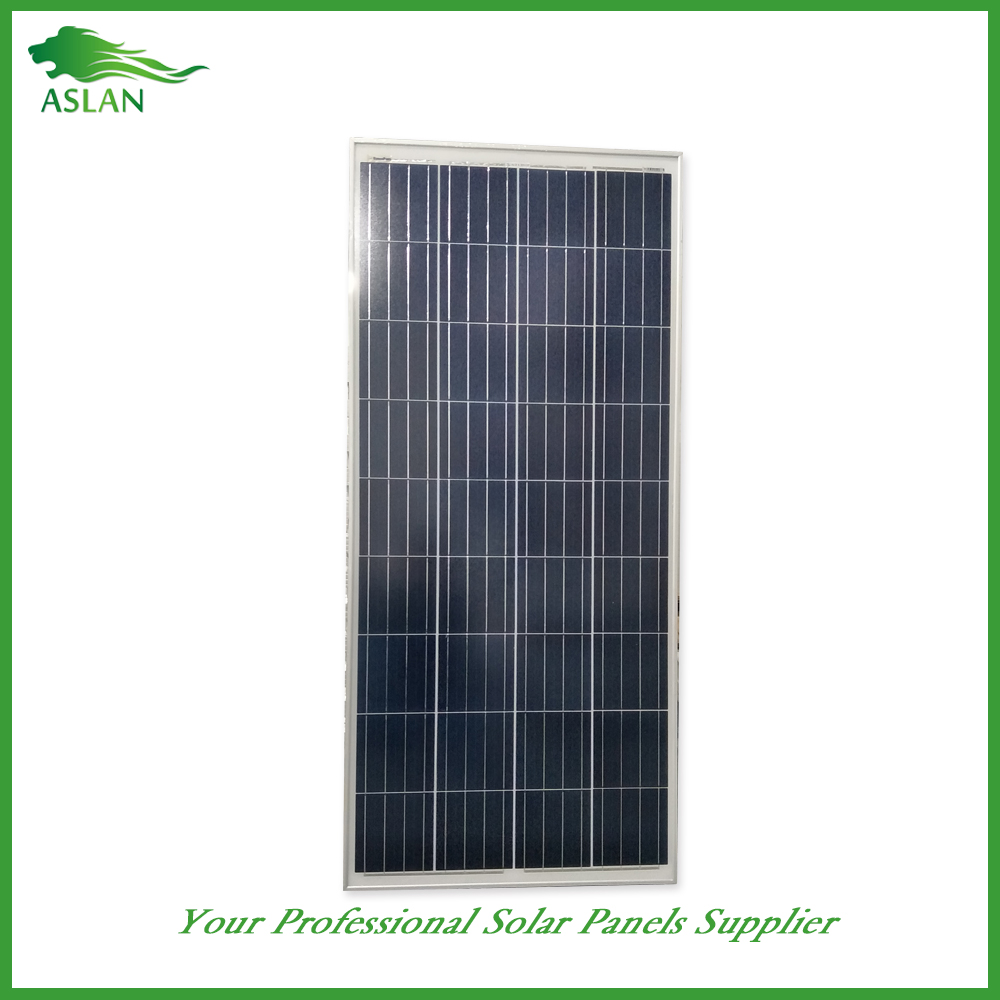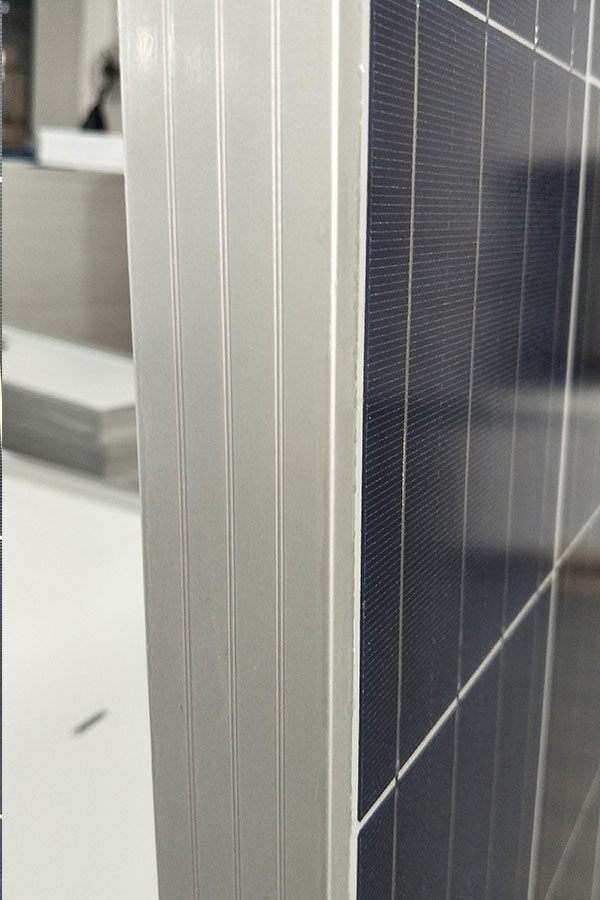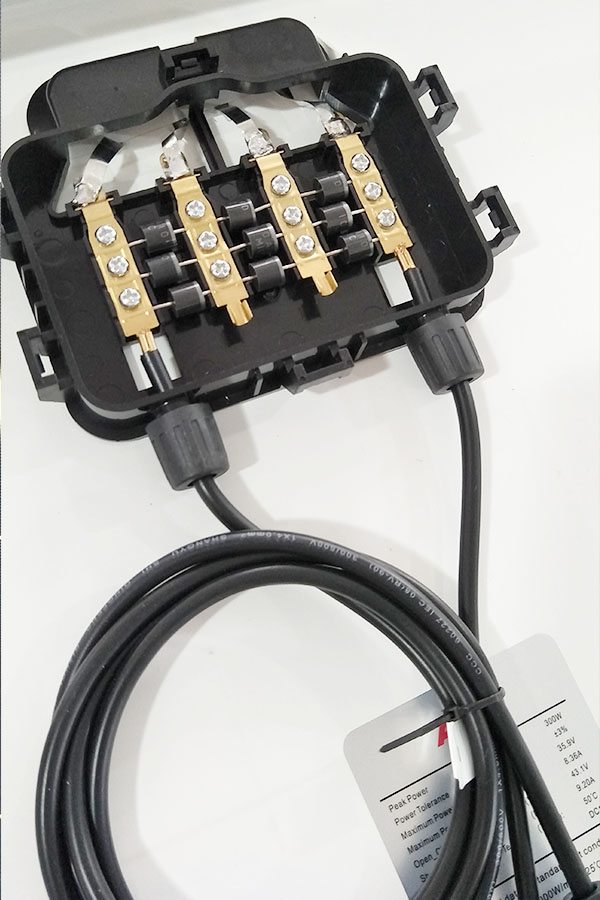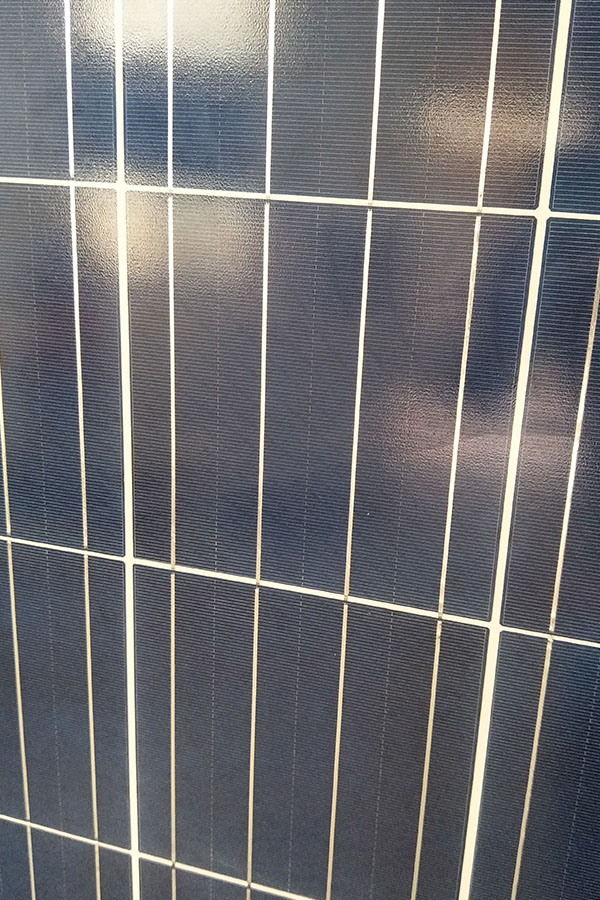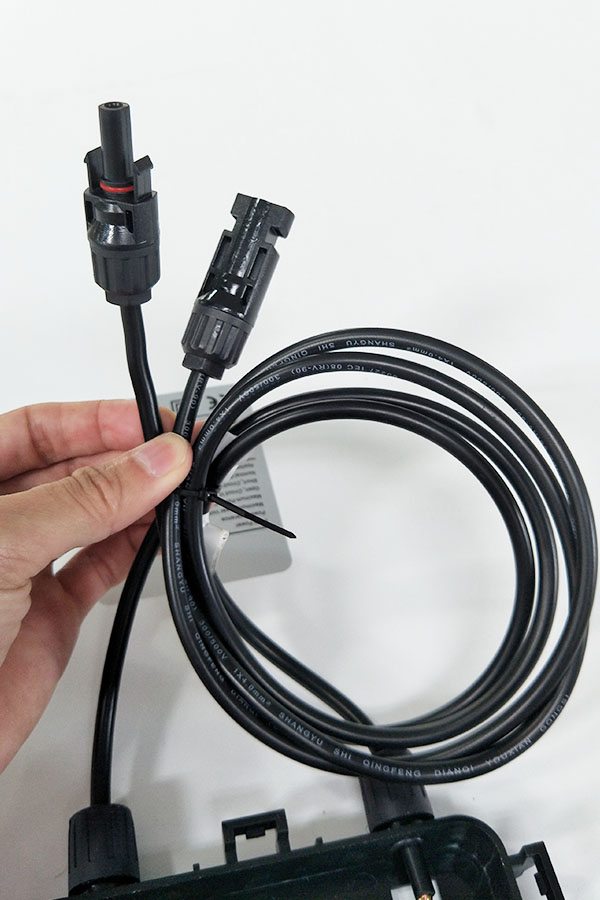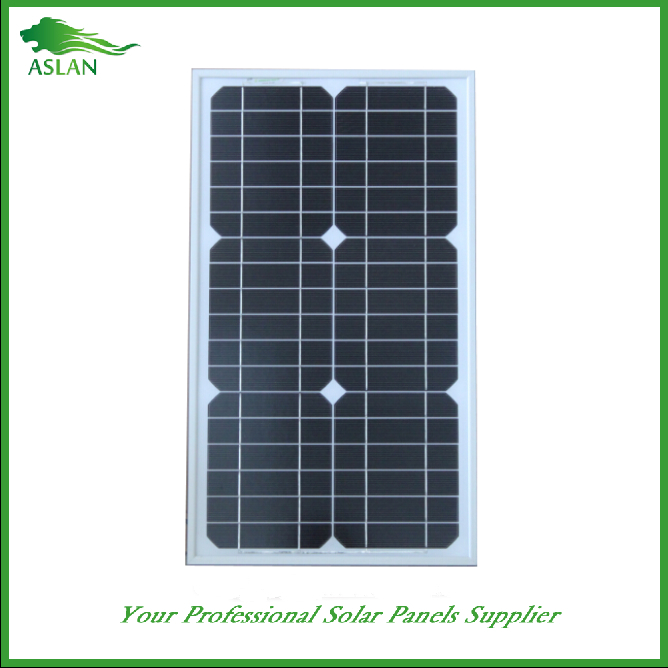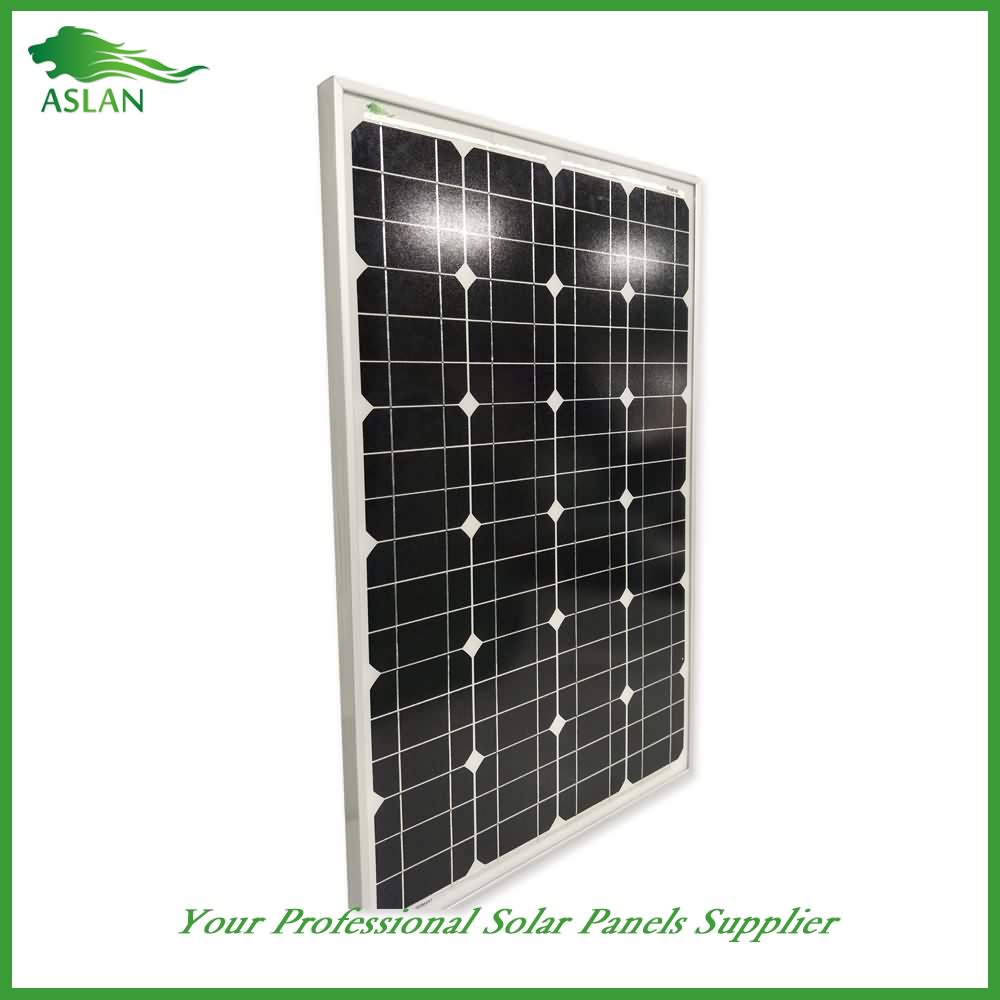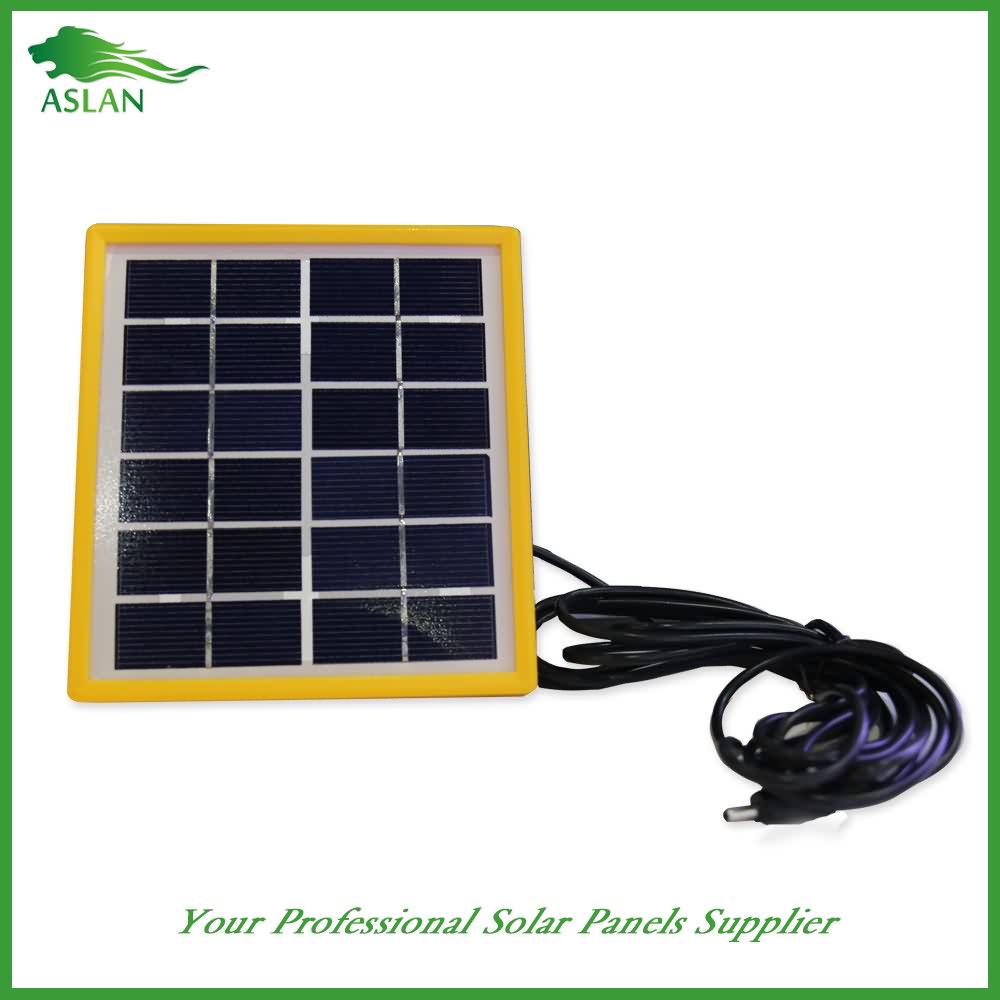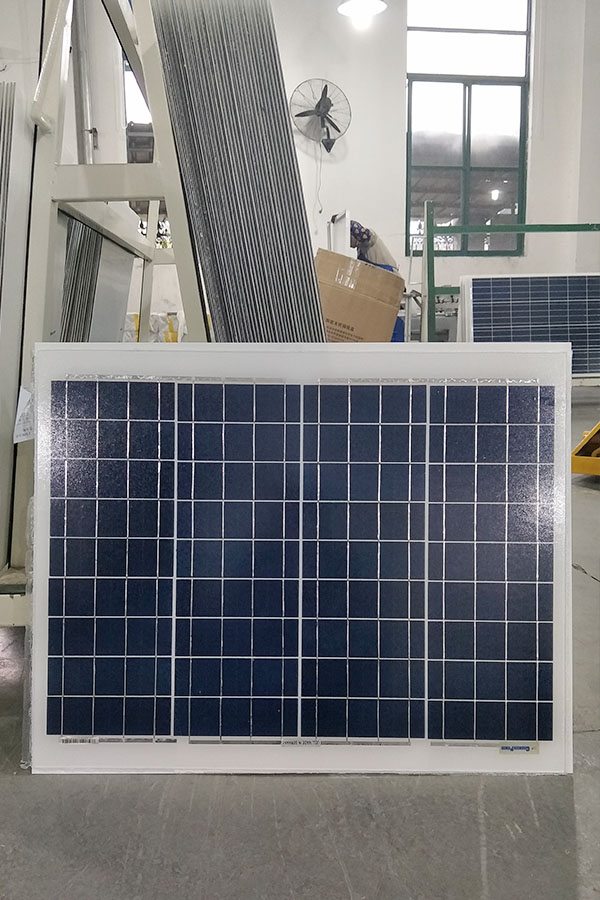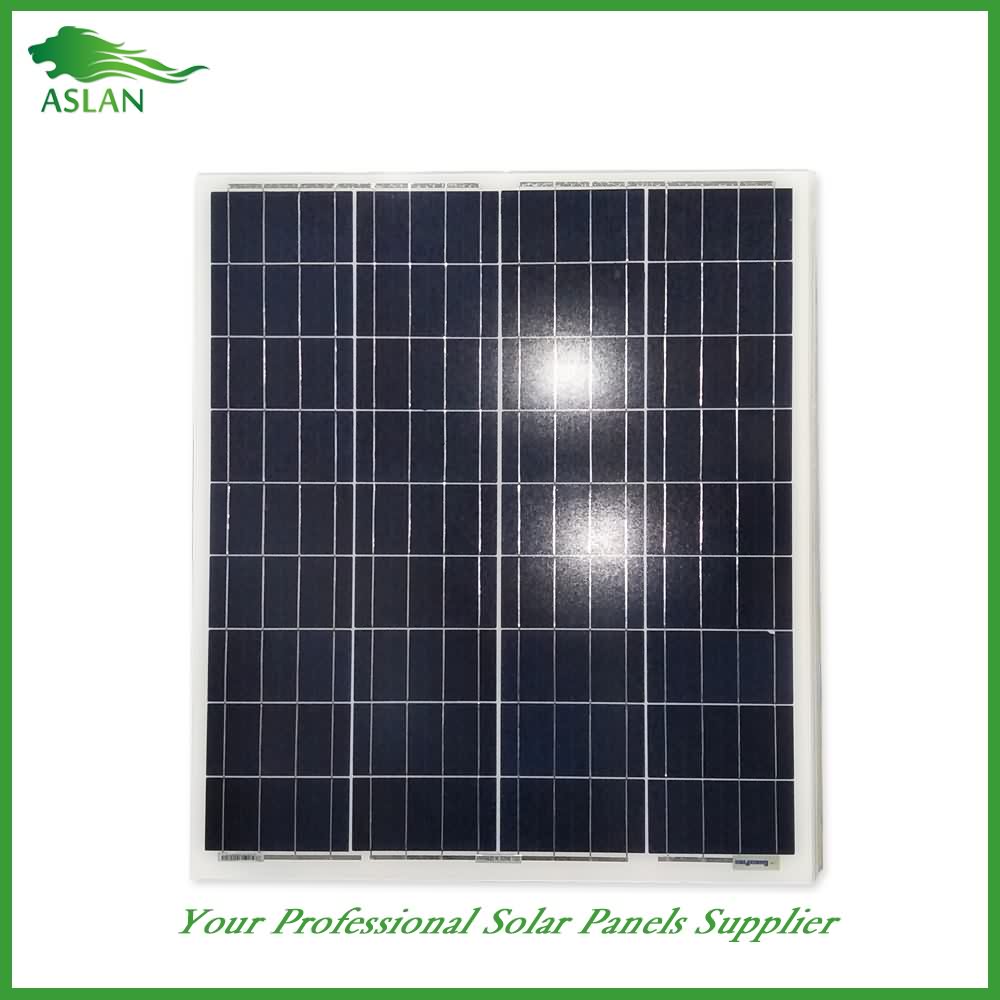Supply for Poly-crystalline Solar Panel 150W for Hungary Manufacturers
Short Description:
Our company aims to operating faithfully, serving to all of our customers , and working in new technology and new machine constantly for Supply for Poly-crystalline Solar Panel 150W for Hungary Manufacturers, We warmly welcome you to establish cooperation and create a bright future together with us
Poly-crystalline Solar Panel 150W
Technical parameter
Maximum Power(W) 150W
Optimum Power Voltage(Vmp) 17.92V
Optimum Operating Current(Imp) 7.83A
Open Circuit Voltage(Voc) 21.86V
Short Circuit Current(Isc) 8.59A
Mechanical Characteristics
Cell Type Poly-crystalline 156x156mm (6 inch)
No of Cell 36 (4x9pcs)
Dimensions 1482x678x35mm
Weight 11.9KGS
Front Glass 3.2mm,High Transmission, Low Iron,Tempered Glass
Junction box IP65 Rated
Output Cable TUV 1×4.0mm2/UL12AWG,Length:900mm
Temperature and Coefficients
Operating Temperature(°C): -40°C ~ + 85°C
Maximum System Voltage: 600V(UL)/1000V(IEC) DC
Maximum Rated Current Series: 15A
Temperature Coefficients of Pmax: -0.435%
Temperature Coefficients of Voc: -0.35%
Temperature Coefficients of Isc: 0.043%
Nominal Operationg Cell Temperature (NOCT): 47+/-2°C
Materials of solar panel
1).Solar Cell——Poly-crystalline solar cell 156*156mm
2).Front Glass——-3.2mm, high transmission, low iron, tempered glass
3).EVA——-excellent anti-aging EVA
4).TPT——-TPT hot seal made of flame resistance
5).Frame——anodized aluminum profile
6).Junction Box——-IP65 rated, high quality, with diode protection
Superiority: high quality anodized aluminum frame, high efficiency long life, easy installation, strong wind resistance, strong hail resistance.
Features
1. High cell efficiency with quality silicon materials for long term output stability
2. Strictly quality control ensure the stability and reliability, totally 23 QC procedures
3. High transmittance low iron tempered glass with enhanced stiffness and impact resistance
4. Both Poly-crystalline and Mono-crystalline
5. Excellent performance in harsh weather
6. Outstanding electrical performance under high temperature and low irradiance
Quality assurance testing
Thermal cycling test
Thermal shock test
Thermal/Freezing and high humidity cycling test
Electrical isolation test
Hail impact test
Mechanical, wind and twist loading test
Salt mist test
Light and water-exposure test
Moist carbon dioxide/sulphur dioxide
Make a Wireless remote controlled car at home with two geared DC motors, PVC-T and a wireless receiver from an old RC toy. The car has only two motors but is still completely capable to move in all the four directions.
Subscribe: https://goo.gl/3PTDgr
Watch more videos: https://goo.gl/bG7vs9
Follow us:
Twitter: https://twitter.com/Goodtech_1
FB: https://www.facebook.com/Goodtech1
Google+: https://plus.google.com/+GOODTECHCreativityandScience
The Limitations of Silicon’s Use in Solar Panels
In 2011, North Americans used 1.25*1020 joules worth of energy.(1) That is enough energy to power approximately 40 billion 100-watt light bulbs for an entire year. This energy was formerly generated through the burning of fossil fuels. However, solar energy could easily replace them because approximately 3.2*1020 joules worth of sunshine hits the Earth’s surface in a single hour. To put things in perspective, that is more energy than was consumed by the US over the course of an entire year!
Photovoltaics are composed of two sheets of semi-conducting material, usually silicon. The top sheet of a silicon solar panel is doped with phosphorus impurities and the bottom sheet with boron impurities. The phosphorus and boron doped layers are referred to as the n-type layer and the p-type layer respectively and when in proximity create an electric field in the junction between the two layers due to the recombination of electrons and holes(4). A silicon nitride layer is also placed on top of the panels because it is an antireflective optical coating that allows light to pass through instead of being reflected away or absorbed.
As light enters a solar panel, photons hit electrons within the panel and cause them to become excited and break off from their original atoms, leaving holes in their place. Electrons have a threshold, or “band gap” energy, which represents the minimum amount of energy necessary to knock electrons free from their atoms(6). If photons are absorbed within the junction between the n and p-type layers of the solar cell, the photovoltaic’s electron/hole pairs will remain separated by an electric field so electrons can enter the circuit and generate electricity.
Silicon solar panels are not efficient in converting light into energy because silicon has an indirect band gap that causes the panel to be very thick because it does not absorb light very well (6). This property both raises the cost of the solar panels as well as decreases the efficiency of the amount of sunlight they can convert to electricity. On average, solar panels convert less than 14% of incoming light waves into energy and even a slight change to the angle at which they are placed can reduce their efficiency by up to 50%.(2,3) Despite this, silicon is still used because it is so abundantly found in Earth’s crust, making it cheaper to use in solar panels.
Solar panels can also be made more efficient when the crystalline structure is monocrystalline and not multicrystalline. Monocrystalline silicon in solar panels is more efficient in energy conversion because of its well-organized crystal structure(5). Multicrystalline cells are much cheaper and easier to produce but are less efficient because of grain boundaries, which block carrier flows and provide unwanted paths for electrons(7).
Although further improvements to silicon could be made, other elements may be a better solution. One such element is called Gallium Arsenide, which is a promising candidate for future solar panels because when doped it has a higher electron mobility than in typical Si panels(9). GaAs also has a direct band gap, making it much more efficient at absorbing light than Si. Although Gallium Arsenide seems like a better option for solar panels, it can be dangerous to handle and very hard to process, making it much more expensive. With a little more research and some advances in processing techniques for Gallium Arsenide, the future of solar energy looks BRIGHT!
Works Cited:
1. http://www.eia.gov/cfapps/ipdbproject/IEDIndex3.cfm?tid=44&pid=44&aid=2
2. http://www.qrg.northwestern.edu/projects/vss/docs/power/2-how-efficient-are-solar-panels.html
3. http://www.wisegeek.com/how-do-solar-panels-work.htm
4. http://www.livescience.com/41995-how-do-solar-panels-work.html
5. http://webservices.itcs.umich.edu/drupal/recd/?q=node/156
6. http://science.nasa.gov/science-news/science-at-nasa/2002/solarcells/
7. http://pveducation.org/pvcdrom/manufacturing/multi-crystalline-silicon
8. http://science.howstuffworks.com/environmental/energy/solar-cell.htm
9. http://www.the-scientist.com/?articles.view/articleNo/9894/title/Gallium-Arsenide–Key-To-Faster–Better-Computing/
